 Facebook
Facebook
 X
X
 Instagram
Instagram
 TikTok
TikTok
 Youtube
Youtube
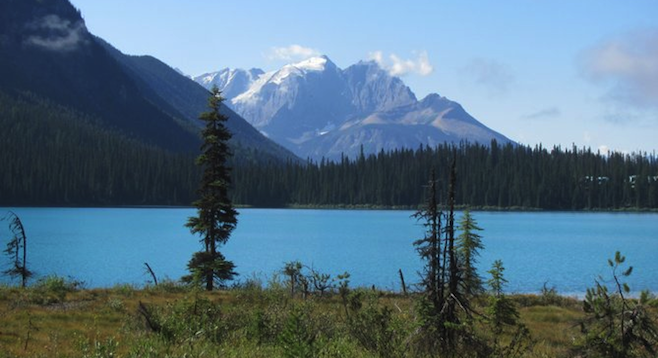
The Canadian Rockies have everything nature lovers could ever ask for: soaring mountain vistas, gorgeous alpine lakes, majestic glaciers and one of the best wildlife-spotting areas on the North American continent. And for those of us living in the western U.S., they're closer than the East Coast or most Midwest destinations.
This area is protected by four adjacent national parks, two on the eastern slopes in Alberta and two on the western side in British Columbia. Together, Banff, Jasper, Yoho and Kootenay capture the diversity of this region – from barren high-altitude plains dominated by glaciers to the wet, lush rainforest of the western slopes.
Banff National Park
Banff National Park is Canada’s oldest and most visited national park, with the southern entrance only an hour’s drive from Calgary. The only major city with services in the park is the city of Banff on the southern end, making it a good base for exploring.
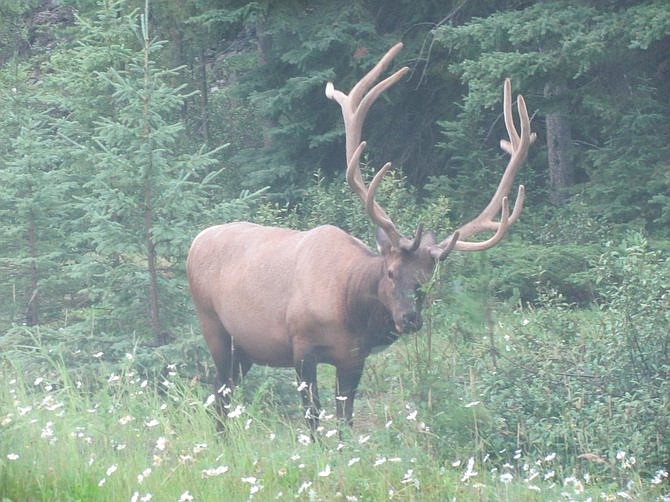
Heading north out of Banff is the Bow Valley Parkway, known as the single best place to spot wildlife in the Canadian Rockies. Elk and black bear are frequently spotted along with the occasional grizzly bear.
On the north end of the parkway are two glacier-fed lakes, Lake Louise and Moraine Lake. Lake Louise gets the well-deserved headlines and also the crowds. For a more peaceful visit, check out Moraine Lake.
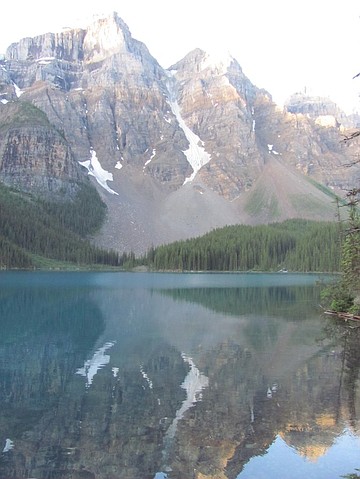
Heading north out of Lake Louise towards Jasper National Park is the Icefields Parkway, the single best place for glacier viewing in North America.
Kootenay National Park
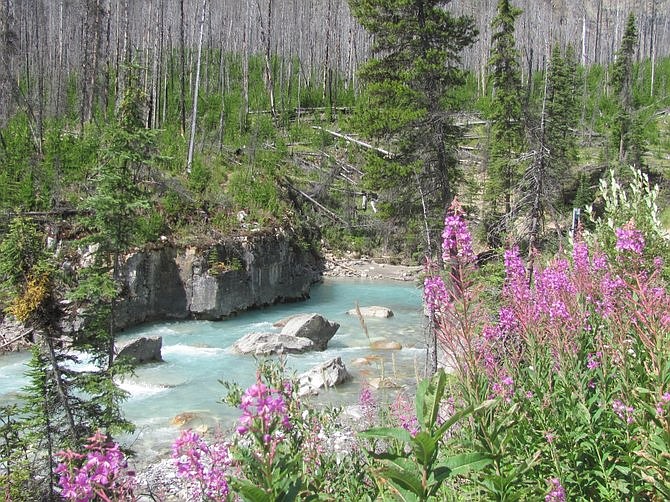
Kootenay National Park sits on the western side of the mountains opposite Banff National Park. Its major draw is the Radium Hot Springs, so named for its slightly radioactive hot springs. No need to be concerned – the levels of radioactivity are well below any concern for human health.
Any visitor to Kootenay should not miss the magnificent Marble Canyon, an incredibly narrow and deep canyon created by the crystal blue waters from nearby glacier melt-off.
Yoho National Park
Yoho National Park is a little west of Banff National Park’s Lake Louise area, and, like Kootenay National Park, it sits on the Pacific side of the Continental Divide. Its main attractions are within an hour's drive from the Lake Louise area.
You access Yoho from Banff National Park by heading west on the Trans-Canadian highway. On a side road 15 kilometers from the main highway you'll find Takakkaw Falls, one of the highest waterfalls in Canada. A little ways down the Trans-Canadian is the access road for Emerald Lake. This lake, as scenic as any of the Banff lakes sans the crowds, has a resort, restaurant and boat rentals. One of the best ways to get a view of the lake is the six-kilometer trail around the lake.
Jasper National Park
Jasper is the largest and most remote of the Canadian Rockies national parks. It’s therefore a prime destination if you want to experience some truly remote backcountry areas and see Rockies wildlife like mountain goats and Dall sheep.
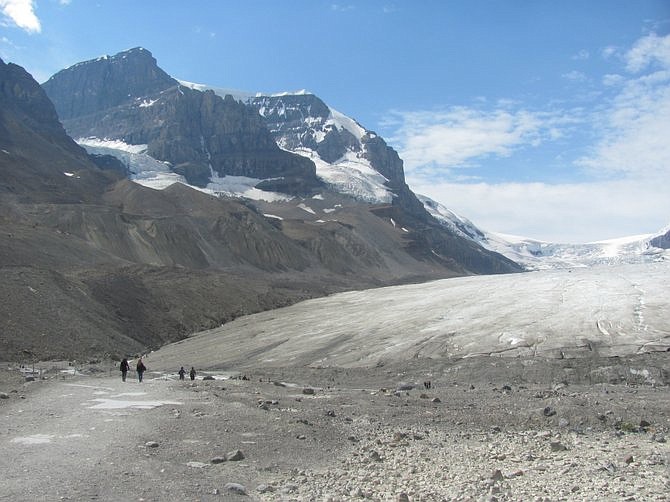
Just within the southern boundary of the park is the star attraction of Jasper, the Columbia Icefield. The largest glacier in Canada, the Columbia Icefield is one of the few glaciers south of Alaska that you can hike up and on to. Guided tours are available with special vehicles that take you across the glacier.
Bottom Line
A short plane ride away is one of the most fantastic wildernesses in North America. You'd need to traverse the entire length of the U.S. Rockies to see the variety of mountains, wildlife and glaciers that exist here.
For those on the hunt for outdoor adventure, consider our neighbor to the north for an unforgettable experience.


The Canadian Rockies have everything nature lovers could ever ask for: soaring mountain vistas, gorgeous alpine lakes, majestic glaciers and one of the best wildlife-spotting areas on the North American continent. And for those of us living in the western U.S., they're closer than the East Coast or most Midwest destinations.
This area is protected by four adjacent national parks, two on the eastern slopes in Alberta and two on the western side in British Columbia. Together, Banff, Jasper, Yoho and Kootenay capture the diversity of this region – from barren high-altitude plains dominated by glaciers to the wet, lush rainforest of the western slopes.
Banff National Park
Banff National Park is Canada’s oldest and most visited national park, with the southern entrance only an hour’s drive from Calgary. The only major city with services in the park is the city of Banff on the southern end, making it a good base for exploring.

Heading north out of Banff is the Bow Valley Parkway, known as the single best place to spot wildlife in the Canadian Rockies. Elk and black bear are frequently spotted along with the occasional grizzly bear.
On the north end of the parkway are two glacier-fed lakes, Lake Louise and Moraine Lake. Lake Louise gets the well-deserved headlines and also the crowds. For a more peaceful visit, check out Moraine Lake.

Heading north out of Lake Louise towards Jasper National Park is the Icefields Parkway, the single best place for glacier viewing in North America.
Kootenay National Park

Kootenay National Park sits on the western side of the mountains opposite Banff National Park. Its major draw is the Radium Hot Springs, so named for its slightly radioactive hot springs. No need to be concerned – the levels of radioactivity are well below any concern for human health.
Any visitor to Kootenay should not miss the magnificent Marble Canyon, an incredibly narrow and deep canyon created by the crystal blue waters from nearby glacier melt-off.
Yoho National Park
Yoho National Park is a little west of Banff National Park’s Lake Louise area, and, like Kootenay National Park, it sits on the Pacific side of the Continental Divide. Its main attractions are within an hour's drive from the Lake Louise area.
You access Yoho from Banff National Park by heading west on the Trans-Canadian highway. On a side road 15 kilometers from the main highway you'll find Takakkaw Falls, one of the highest waterfalls in Canada. A little ways down the Trans-Canadian is the access road for Emerald Lake. This lake, as scenic as any of the Banff lakes sans the crowds, has a resort, restaurant and boat rentals. One of the best ways to get a view of the lake is the six-kilometer trail around the lake.
Jasper National Park
Jasper is the largest and most remote of the Canadian Rockies national parks. It’s therefore a prime destination if you want to experience some truly remote backcountry areas and see Rockies wildlife like mountain goats and Dall sheep.

Just within the southern boundary of the park is the star attraction of Jasper, the Columbia Icefield. The largest glacier in Canada, the Columbia Icefield is one of the few glaciers south of Alaska that you can hike up and on to. Guided tours are available with special vehicles that take you across the glacier.
Bottom Line
A short plane ride away is one of the most fantastic wildernesses in North America. You'd need to traverse the entire length of the U.S. Rockies to see the variety of mountains, wildlife and glaciers that exist here.
For those on the hunt for outdoor adventure, consider our neighbor to the north for an unforgettable experience.
Comments